In the ever-evolving landscape of beauty and personal care, dry hair conditioners have emerged as a pivotal product, capturing the attention of consumers and businesses alike. As we navigate through 2025, the demand for these innovative hair care solutions continues to surge, driven by changing consumer preferences, technological advancements, and the influence of social media trends. This guide delves into the factors propelling the popularity of dry hair conditioners and explores their alignment with broader beauty trends.
Table of Contents:
– Understanding the Surge in Popularity of Dry Hair Conditioners
– Exploring the Diverse Range of Dry Hair Conditioners Available
– Addressing Common Consumer Pain Points with Dry Hair Conditioners
– Innovations and New Products in the Dry Hair Conditioner Market
– Key Factors to Consider When Sourcing Dry Hair Conditioners
– Wrapping Up: The Future of Dry Hair Conditioners in the Beauty Industry
Understanding the Surge in Popularity of Dry Hair Conditioners
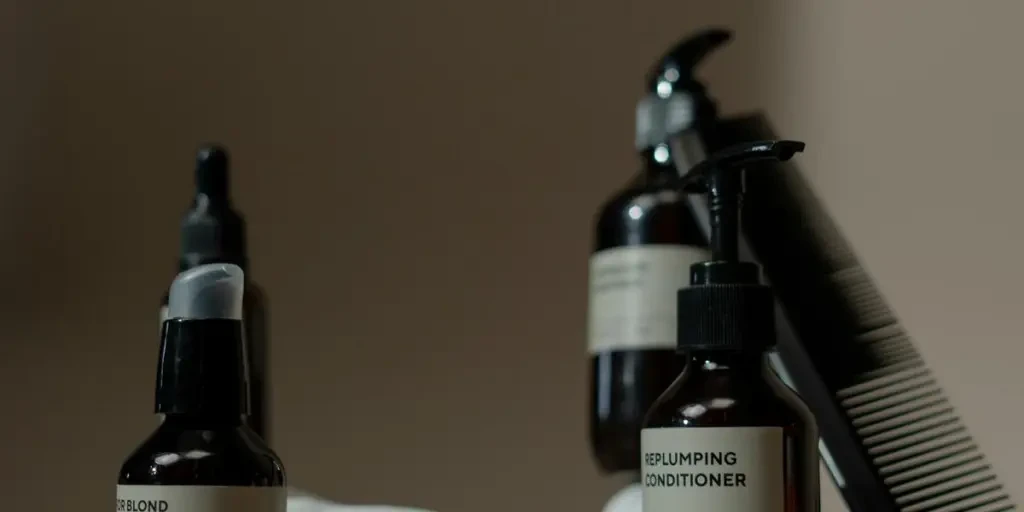
What Makes Dry Hair Conditioners a Must-Have in 2025?
Dry hair conditioners have become indispensable in the hair care routines of many, thanks to their convenience and effectiveness. Unlike traditional conditioners, dry hair conditioners do not require rinsing, making them perfect for on-the-go use. They are designed to provide hydration, reduce frizz, and add shine without the need for water, catering to the fast-paced lifestyles of modern consumers. According to a professional report, the global hair conditioner market, which includes dry hair conditioners, is projected to grow at a CAGR of 5.9% from 2024 to 2032, reaching a value of USD 23.16 billion by 2032. This growth is fueled by the increasing awareness of hair care and the rising demand for products that offer quick and effective solutions.
Social Media Trends and Hashtags Driving Demand
The influence of social media on consumer behavior cannot be overstated. Platforms like Instagram, TikTok, and Pinterest have become breeding grounds for beauty trends, with hashtags such as #DryHairConditioner, #HairCareRoutine, and #NoRinseConditioner gaining traction. Influencers and beauty enthusiasts frequently showcase their favorite dry hair conditioners, demonstrating their ease of use and impressive results. This organic promotion has significantly boosted the visibility and desirability of these products. Additionally, the trend towards minimalistic and sustainable beauty routines has further propelled the popularity of dry hair conditioners, as they often come in eco-friendly packaging and formulations.
Aligning with Broader Beauty and Personal Care Trends
Dry hair conditioners are not just a fleeting trend; they align with several broader movements within the beauty industry. The shift towards clean beauty, which emphasizes the use of natural and non-toxic ingredients, has seen many brands reformulating their products to meet consumer demands. Dry hair conditioners often feature plant-based extracts, essential oils, and other natural ingredients that cater to this growing preference. Furthermore, the rise of multifunctional beauty products has made dry hair conditioners a staple, as they offer multiple benefits in one application, such as hydration, frizz control, and shine enhancement.
The market potential for dry hair conditioners is immense, with opportunities for growth in various regions. In developed markets like North America and Europe, the demand for premium and innovative hair care products remains strong. Meanwhile, emerging markets in Asia Pacific and Latin America are witnessing rapid growth due to increasing urbanization, rising disposable incomes, and a growing awareness of personal grooming. As consumers continue to seek out products that offer convenience, efficacy, and sustainability, dry hair conditioners are poised to become a cornerstone of the hair care industry in 2025 and beyond.
Exploring the Diverse Range of Dry Hair Conditioners Available
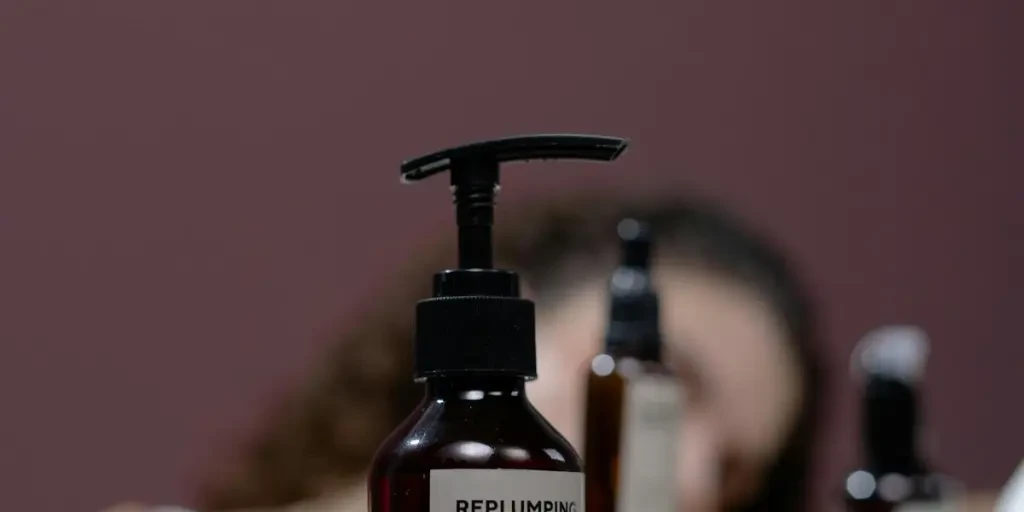
Key Ingredients and Their Benefits
Dry hair conditioners are formulated with a variety of key ingredients, each offering unique benefits to address specific hair concerns. Ingredients such as argan oil, shea butter, and coconut oil are commonly used for their deep moisturizing properties. Argan oil, rich in essential fatty acids and vitamin E, helps to nourish and repair damaged hair, making it smoother and shinier. Shea butter, known for its high concentration of vitamins and fatty acids, provides intense hydration and helps to seal in moisture, preventing dryness and frizz. Coconut oil, with its small molecular structure, penetrates the hair shaft to provide deep conditioning and reduce protein loss.
In addition to these natural oils, many dry hair conditioners incorporate proteins like keratin and silk proteins. Keratin, a structural protein found in hair, helps to strengthen and repair damaged hair by filling in gaps in the hair shaft. Silk proteins, derived from the silkworm, create a protective barrier on the hair, enhancing its smoothness and shine. These ingredients work synergistically to improve the overall health and appearance of dry hair, making it more manageable and resilient.
Pros and Cons of Different Product Types
Dry hair conditioners come in various forms, each with its own set of advantages and disadvantages. Leave-in conditioners are popular for their convenience and ease of use. They are applied to damp or dry hair and left in without rinsing, providing continuous hydration and protection throughout the day. However, some leave-in conditioners can weigh down fine hair or leave a residue if not applied correctly.
Rinse-out conditioners, on the other hand, are designed to be applied after shampooing and rinsed out after a few minutes. They provide immediate hydration and detangling benefits, making hair easier to manage. The downside is that they may not offer long-lasting moisture compared to leave-in conditioners, especially for extremely dry hair.
Deep conditioning treatments, such as hair masks and intensive conditioners, offer the most intensive hydration and repair. These products are typically used once a week and left on the hair for an extended period before rinsing. While they provide significant benefits for dry and damaged hair, they require more time and effort to use, which may not be convenient for everyone.
Consumer Feedback and Effectiveness
Consumer feedback on dry hair conditioners varies based on individual hair types and needs. Many users report positive results with products containing natural oils and proteins, noting improvements in hair texture, shine, and manageability. For instance, Carol’s Daughter Black Vanilla Moisturizing Leave-In Conditioner Spray is praised for its ability to hydrate and add shine to various hair types, including dull, wavy, frizzy, curly, dry, thick, and damaged hair. Formulated with natural ingredients such as castor oil, rosemary, aloe, soy protein, and vitamin B5, it promises to instantly restore moisture and manageability.
However, some consumers may experience issues with certain products, such as build-up or greasiness, particularly with leave-in conditioners. It’s essential for business buyers to consider the specific needs of their target market and select products that align with consumer preferences and hair types.
Addressing Common Consumer Pain Points with Dry Hair Conditioners
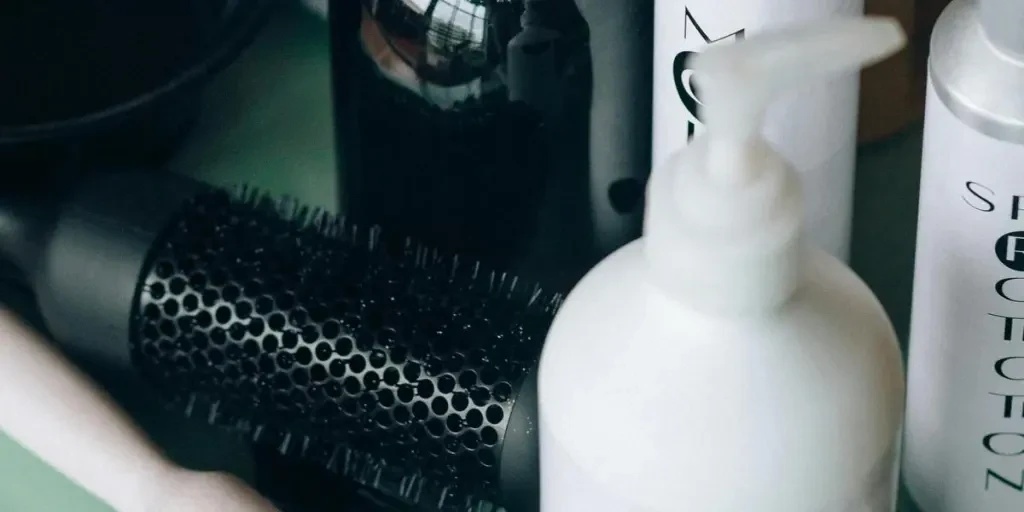
Solutions for Dry and Damaged Hair
Dry and damaged hair is a common concern among consumers, and dry hair conditioners are formulated to address these issues effectively. Products containing ingredients like keratin, argan oil, and shea butter are particularly beneficial for repairing and nourishing damaged hair. Keratin helps to strengthen the hair shaft, reducing breakage and split ends, while argan oil and shea butter provide deep hydration and restore the hair’s natural moisture balance.
For instance, Verb’s Dandruff Shampoo, formulated with 3% salicylic acid, not only reduces dandruff but also helps maintain the hair’s natural moisture, ensuring that the hair remains soft and hydrated against heavier products and environmental factors. This dual-action approach addresses both scalp health and hair hydration, making it an excellent choice for consumers with dry and damaged hair.
Tackling Frizz and Enhancing Shine
Frizz is another common pain point for consumers with dry hair. Dry hair conditioners that contain ingredients like silicone, silk proteins, and natural oils can help to smooth the hair cuticle and reduce frizz. Silicone creates a protective barrier on the hair, locking in moisture and preventing humidity from causing frizz. Silk proteins enhance the hair’s smoothness and shine, making it more manageable and less prone to frizz.
Products like the Carol’s Daughter Black Vanilla Moisturizing Leave-In Conditioner Spray, which includes natural ingredients such as castor oil, rosemary, and aloe, are effective in combating brittleness and dullness, leaving curls healthier and softer. This product also imparts a soothing black vanilla fragrance, elevating the overall experience for consumers.
Ensuring Long-Lasting Freshness and Volume
Consumers often seek dry hair conditioners that provide long-lasting freshness and volume without weighing down the hair. Lightweight formulations that include ingredients like rice starch and silk proteins can help to achieve this balance. Rice starch absorbs excess oil and adds volume to the hair, while silk proteins provide a lightweight conditioning effect that enhances shine and smoothness.
Olaplex’s No. 4D Clean Volume Detox Dry Shampoo is an innovative product that integrates Olaplex’s proven bond-building technology into a convenient dry shampoo. This product not only revives the look of the hair but also strengthens it simultaneously. Ultra-fine rice starch effectively absorbs oil, sweat, and odor, leaving the hair feeling refreshed and voluminous without the dreaded white residue.
Innovations and New Products in the Dry Hair Conditioner Market
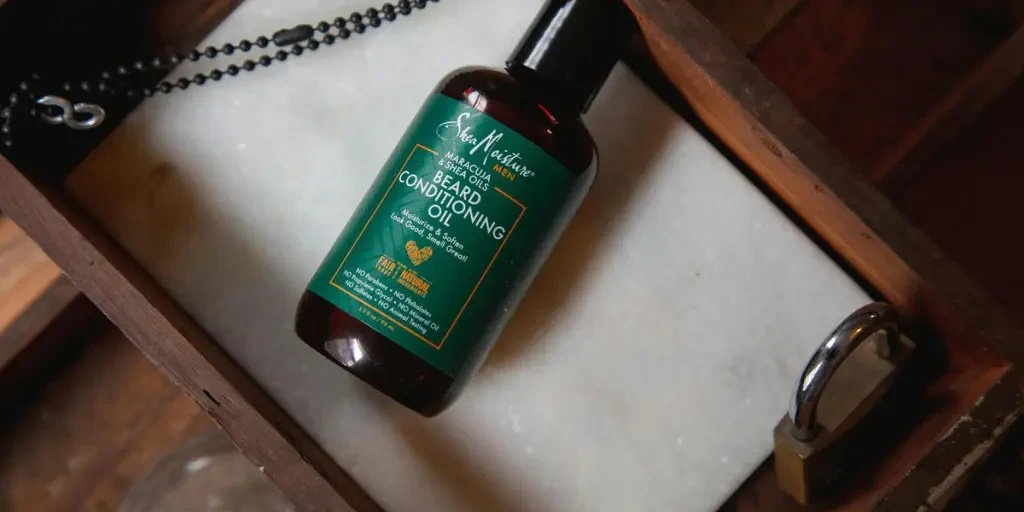
Cutting-Edge Formulations and Technologies
The dry hair conditioner market is continuously evolving with cutting-edge formulations and technologies designed to address specific hair concerns. One notable innovation is the integration of bond-building technology into dry shampoos and conditioners. Olaplex’s No. 4D Clean Volume Detox Dry Shampoo, for example, incorporates bond-building technology to strengthen hair while providing a refreshing cleanse. This dual-action approach not only addresses immediate hair concerns but also promotes long-term hair health.
Another innovative product is the Cécred Hydrating Conditioner, which uses patent-pending keratin recovery technology alongside ProVitamin B5. This conditioner delivers intense hydration in a weightless manner, fortifying tresses and penetrating strands to work its magic in less than one minute. The inclusion of an African oil blend, including baobab, moringa, and black seed oils, further enhances hair elasticity and shine.
Eco-Friendly and Sustainable Options
As consumers become more environmentally conscious, there is a growing demand for eco-friendly and sustainable hair care products. Brands are responding by developing products that use natural and organic ingredients, biodegradable packaging, and sustainable sourcing practices. For example, Swair’s SweatShield™ Leave-In Conditioning Spray is vegan and cruelty-free, containing no alcohol, gluten, sulfates, parabens, or phthalates. This product is formulated for consumers with an active lifestyle, protecting hair from sweat, humidity, and environmental stressors.
Additionally, brands are exploring aerosol-free alternatives such as pump sprays and powder formats to align with eco-friendly practices. These innovations reduce the carbon footprint and resonate with environmentally conscious consumers seeking sustainable choices in their beauty routines.
Emerging Brands and Unique Offerings
The dry hair conditioner market is also seeing the emergence of new brands and unique product offerings that cater to specific consumer needs. For instance, the VAMA Wellness 13 Blend Pre-Wash Hair Oil, inspired by Ayurveda principles, combines Indian herbs and plant extracts like Triphala, Bhringraj, and Ashwagandha with oils like castor, rosemary, and coconut. This blend promotes hair regrowth and repair while delivering soothing properties, offering a holistic approach to hair care.
Another example is the Trader Joe’s Lemongrass Moisturizing Conditioner, which provides a spa-like experience with its combination of lemongrass oil, argan oil, and shea butter. This conditioner is free from ingredients that can strip the hair, such as phthalates, parabens, or silicone, making it a safe and effective option for color-treated hair and most other hair types.
Key Factors to Consider When Sourcing Dry Hair Conditioners
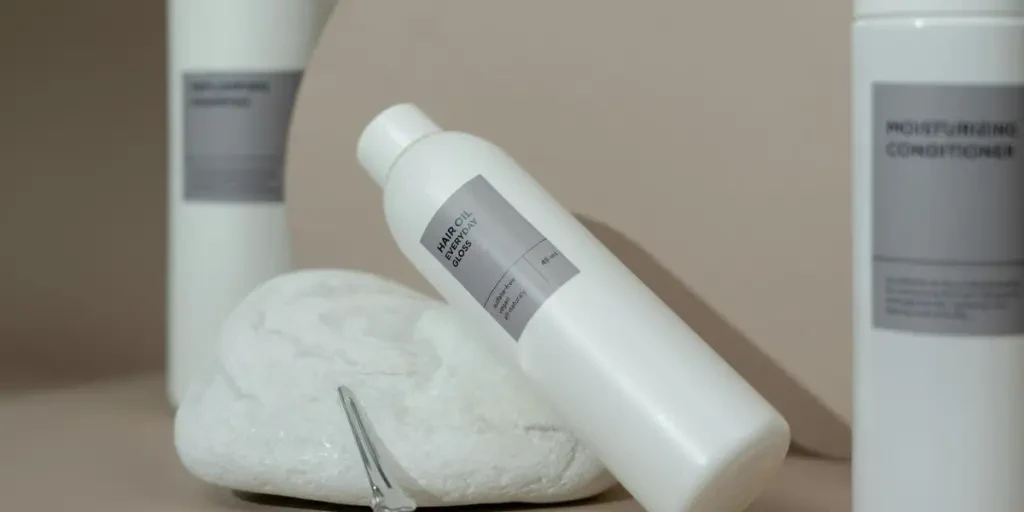
Quality and Ingredient Transparency
When sourcing dry hair conditioners, quality and ingredient transparency are paramount. Business buyers should prioritize products that use high-quality, natural ingredients and avoid harmful chemicals such as sulfates, parabens, and phthalates. Transparency in ingredient sourcing and formulation is also crucial, as consumers are increasingly seeking products that align with their values and health concerns.
For example, Act+Acre’s Cold Processed Daily Hydro Scalp Serum is formulated with multi-molecular hyaluronic acid, amino acids, and glycerin to support the scalp barrier and enhance hair strength. This product is optimized for normal to dry skin and suitable for all hair types, delivering instant hydration and supporting long-term hair health.
Packaging and Environmental Impact
Sustainable packaging is another critical consideration for business buyers. Brands that use biodegradable, recyclable, or refillable packaging options are more likely to appeal to environmentally conscious consumers. Additionally, packaging that prevents oxidation and preserves the freshness of active ingredients can enhance the overall product experience.
For instance, Swair’s SweatShield™ Leave-In Conditioning Spray is packaged in a way that aligns with eco-friendly practices, reducing the environmental impact while providing effective hair care solutions. Brands that prioritize sustainable packaging can differentiate themselves in a competitive market and attract a loyal customer base.
Price Points and Market Positioning
Price points and market positioning are essential factors to consider when sourcing dry hair conditioners. Business buyers should evaluate the target market and select products that offer the best value for money. Premium products with advanced formulations and high-quality ingredients may command higher price points, while more affordable options can cater to a broader consumer base.
For example, the Cécred Hydrating Conditioner, priced at $30, offers intense hydration and advanced keratin recovery technology, positioning it as a premium product. On the other hand, Trader Joe’s Lemongrass Moisturizing Conditioner provides a spa-like experience at a more accessible price point, appealing to consumers seeking high-quality hair care without breaking the bank.
Wrapping Up: The Future of Dry Hair Conditioners in the Beauty Industry
In conclusion, the dry hair conditioner market is evolving with innovative formulations, sustainable practices, and a focus on addressing specific consumer needs. Business buyers must prioritize quality, ingredient transparency, and sustainable packaging to meet the growing demand for effective and eco-friendly hair care solutions. By staying attuned to market trends and consumer preferences, businesses can source products that not only enhance hair health but also align with the values of today’s discerning consumers.




